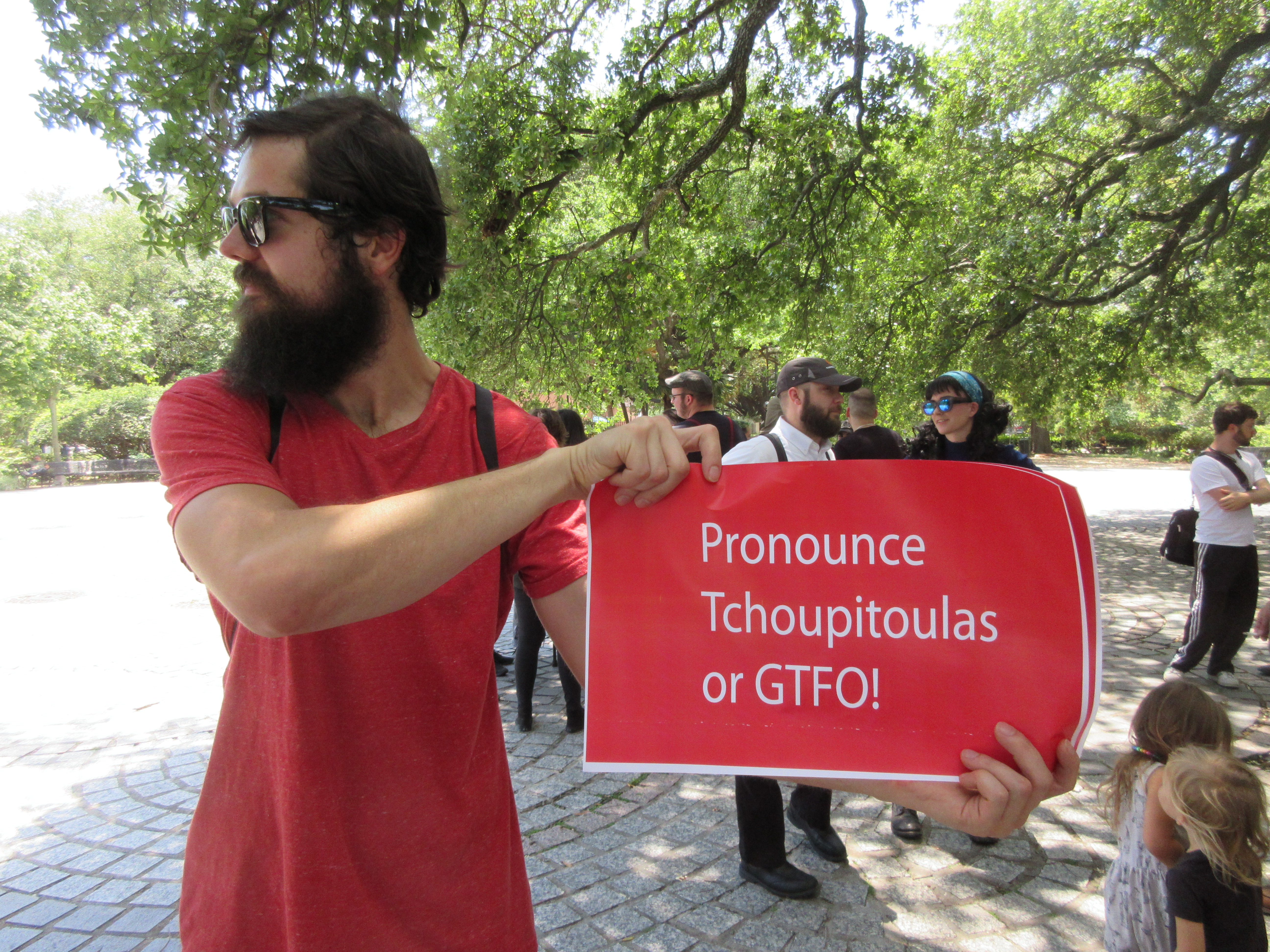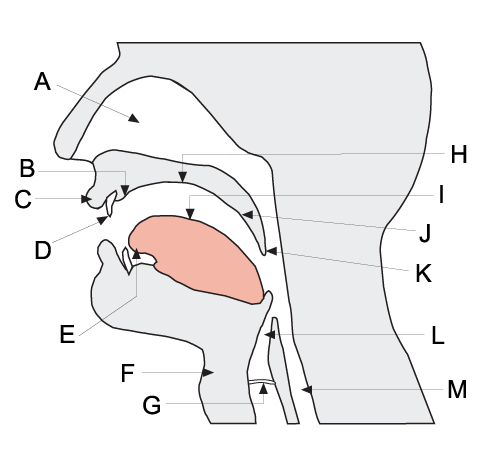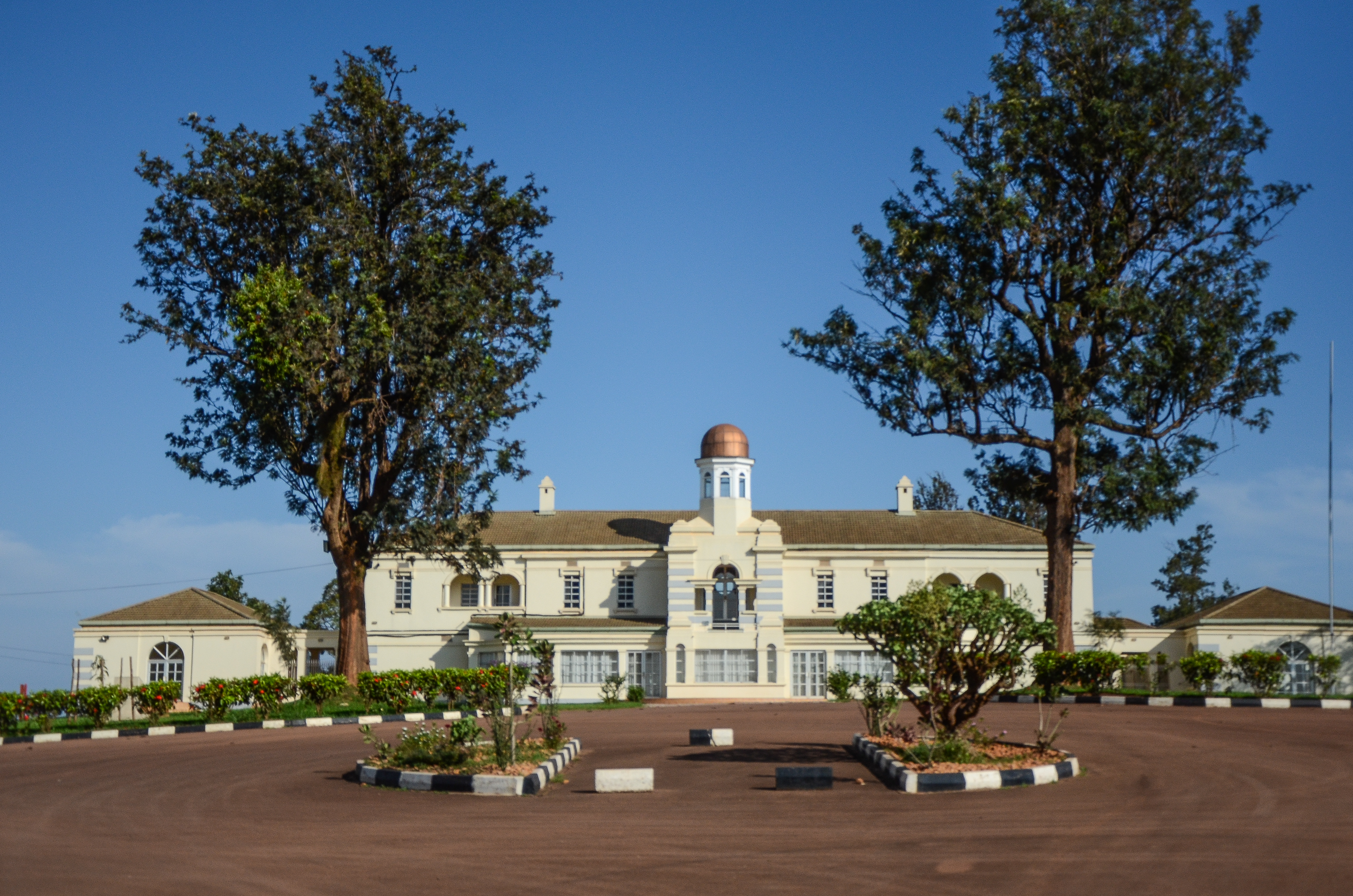|
Tongue-twister
A tongue twister is a phrase that is designed to be difficult to articulate properly, and can be used as a type of spoken (or sung) word game. Additionally, they can be used as exercises to improve pronunciation and fluency. Some tongue twisters produce results that are humorous (or humorously vulgar) when they are mispronounced, while others simply rely on the confusion and mistakes of the speaker for their amusement value. Types of tongue twisters Some tongue twisters rely on rapid alternation between similar but distinct phonemes (e.g., ''s'' and ''sh'' ), combining two different alternation patterns, familiar constructs in loanwords, or other features of a spoken language in order to be difficult to articulate. For example, the following sentence was said to be "the most difficult of common English-language tongue twisters" by William Poundstone. These deliberately difficult expressions were popular in the 19th century. The popular "she sells seashells" tongue twister wa ... [...More Info...] [...Related Items...] OR: [Wikipedia] [Google] [Baidu] |
|
 |
How Much Wood Would A Woodchuck Chuck
"How much wood would a woodchuck chuck" (sometimes phrased with "could" rather than "would") is an American English-language tongue-twister.Thomas A. Green, ''Folklore: An Encyclopedia of Beliefs, Customs, Tales, Music'' (1997): "Sometimes, tongue twisters utilize elaborate sound inversions in complex juxtapositions—for example, 'How much wood could a woodchuck chuck if a woodchuck could chuck wood?Elizabeth Tucker Children's Folklore: A Handbook 2008, Page 22. "Popular English tongue twisters include 'Peter Piper picked a peck of pickled peppers', 'She sells seashells by the seashore', and 'How much wood would a woodchuck chuck if a woodchuck could chuck wood?'. The woodchuck, a word originating from Algonquian "wejack", is a kind of marmot, regionally called a groundhog. The complete beginning of the tongue-twister usually goes: "How much wood would a woodchuck chuck if a woodchuck could chuck wood?" The tongue-twister relies primarily on alliteration to achieve its effects, ... [...More Info...] [...Related Items...] OR: [Wikipedia] [Google] [Baidu] |
|
Betty Botter
Betty Botter is a tongue-twister written by Carolyn Wells. It was originally titled "The Butter Betty Bought." By the middle of the 20th century, it had become part of the Mother Goose collection of nursery rhymes. Construction The construction is based on alliteration, using the repeated two- syllable pattern /'b__tə 'b__tə 'b__tə/ with a range of vowel A vowel is a syllabic speech sound pronounced without any stricture in the vocal tract. Vowels are one of the two principal classes of speech sounds, the other being the consonant. Vowels vary in quality, in loudness and also in quantity (l ...s in the first, stressed syllable. The difficulty is in clearly and consistently differentiating all the vowels from each other. :They are almost all short vowels: :/æ/ batter :/e/ better - Betty :/ɪ/ bitter - bit o' :/ɒ/ Botter :/ʌ/ butter :with one long vowel /ɔ:/ 'Bought a' Lyrics When it was first published in "The Jingle Book" in 1899 it read: Betty Botta bought s ... [...More Info...] [...Related Items...] OR: [Wikipedia] [Google] [Baidu] |
|
 |
Strč Prst Skrz Krk
Strč prst skrz krk () is a Czech and Slovak tongue-twister meaning "stick a finger through the neck". The sentence is well known for being a semantically and syntactically valid clause without a single vowel, the nucleus of each syllable being a syllabic r, a common feature among many Slavic languages. It is often used as an example of such a phrase when learning Czech or Slovak as a foreign language. In fact, both Czech and Slovak have two syllabic liquid consonants, the other being syllabic l. (There is also the syllabic bilabial nasal m in in Czech.) As a result, there are plenty of words without vowels. Examples of long words of this type are , , and ''čtvrtsmršť'', the latter two being artificial occasionalisms. There are other examples of vowelless sentences in Czech and Slovak, such as , meaning "a mole farted through grass, having swallowed a handful of grains". The longest Czech vowelless sentence (with 25 words and 82 consonants) as of 2013 is ''Škrt plch ... [...More Info...] [...Related Items...] OR: [Wikipedia] [Google] [Baidu] |
|
Peter Piper
"Peter Piper" is an English-language nursery rhyme and well-known alliteration tongue-twister. It has a Roud Folk Song Index number of 19745. Lyrics The traditional version, as published in John Harris' ''Peter Piper's Practical Principles of Plain and Perfect Pronunciation'' in 1813, is: : Peter Piper picked a peck of pickled peppers, : A peck of pickled peppers Peter Piper picked; : If Peter Piper picked a peck of pickled peppers, : Where’s the peck of pickled peppers Peter Piper picked? Common modern versions include: :Peter Piper picked a peck of pickled peppers. : If Peter Piper picked a peck of pickled peppers, :How many pickled peppers did Peter Piper pick? Origins The earliest version of this tongue-twister was published in ''Peter Piper's Practical Principles of Plain and Perfect Pronunciation'' by John Harris (1756–1846) in London in 1813, which includes a one-name tongue-twister for each letter of the alphabet in the same style. However, the rhyme was app ... [...More Info...] [...Related Items...] OR: [Wikipedia] [Google] [Baidu] |
|
 |
Shibboleth
A shibboleth (; hbo, , šībbōleṯ) is any custom or tradition, usually a choice of phrasing or even a single word, that distinguishes one group of people from another. Shibboleths have been used throughout history in many societies as passwords, simple ways of self-identification, signaling loyalty and affinity, maintaining traditional segregation, or protecting from real or perceived threats. Origin The term originates from the Hebrew word (), which means the part of a plant containing grain, such as the head of a stalk of wheat or rye; or less commonly (but arguably more appropriately) "flood, torrent". The modern use derives from an account in the Hebrew Bible, in which pronunciation of this word was used to distinguish Ephraimites, whose dialect used a differently sounding first consonant. The difference concerns the Hebrew letter '' shin'', which is now pronounced as (as in '' shoe''). In the Book of Judges, chapter 12, after the inhabitants of Gilead under the c ... [...More Info...] [...Related Items...] OR: [Wikipedia] [Google] [Baidu] |
 |
Articulate Sound
The field of articulatory phonetics is a subfield of phonetics that studies articulation and ways that humans produce speech. Articulatory phoneticians explain how humans produce speech sounds via the interaction of different physiological structures. Generally, articulatory phonetics is concerned with the transformation of aerodynamic energy into acoustic energy. Aerodynamic energy refers to the airflow through the vocal tract. Its potential form is air pressure; its kinetic form is the actual dynamic airflow. Acoustic energy is variation in the air pressure that can be represented as sound waves, which are then perceived by the human auditory system as sound. Respiratory sounds can be produced by expelling air from the lungs. However, to vary the sound quality in a way useful for speaking, two speech organs normally move towards each other to contact each other to create an obstruction that shapes the air in a particular fashion. The point of maximum obstruction is called the ... [...More Info...] [...Related Items...] OR: [Wikipedia] [Google] [Baidu] |
|
Phonological Hierarchy
The phonological hierarchy describes a series of increasingly smaller regions of a phonological utterance, each nested within the next highest region. Different research traditions make use of slightly different hierarchies. For instance, there is one hierarchy which is primarily used in theoretical phonology, while a similar hierarchy is used in discourse analysis. Both are described in the sections below. Theoretical phonological hierarchy Listed in order from highest to lowest are the categories of the hierarchy that are most commonly used in theoretical phonology. There is some disagreement on the arrangement and inclusion of units, especially those that reside higher in the hierarchy. For example, the clitic group is not considered to be a separate level in Selkirk's version of the hierarchy, while the minor phrase or accentual phrase are not considered to be separate from the phonological phrase in Hayes' and Nespor & Vogel's hierarchies. #Utterance ( U) # Intonational ph ... [...More Info...] [...Related Items...] OR: [Wikipedia] [Google] [Baidu] |
|
 |
Buganda
Buganda is a Bantu kingdom within Uganda. The kingdom of the Baganda people, Buganda is the largest of the traditional kingdoms in present-day East Africa, consisting of Buganda's Central Region, including the Ugandan capital Kampala. The 14 million ''Baganda'' (singular ''Muganda''; often referred to simply by the root word and adjective, Ganda) make up the largest Ugandan region, representing approximately 26.6% of Uganda's population. Buganda has a long and extensive history. Unified in the 13th century under the first king Kato Kintu, the founder of Buganda's Kintu Dynasty, Buganda grew to become one of the largest and most powerful states in East Africa during the 18th and 19th centuries. Before the 12th century, the present-day Buganda region was a kingdom known as Muwaawa, which means a sparsely populated place. During the Scramble for Africa, and following unsuccessful attempts to retain its independence against British imperialism, Buganda became the center of the ... [...More Info...] [...Related Items...] OR: [Wikipedia] [Google] [Baidu] |
|
Native Speaker
Native Speaker may refer to: * ''Native Speaker'' (novel), a 1995 novel by Chang-Rae Lee * ''Native Speaker'' (album), a 2011 album by Canadian band Braids * Native speaker, a person using their first language or mother tongue {{disambiguation ... [...More Info...] [...Related Items...] OR: [Wikipedia] [Google] [Baidu] |
|
|
Boston (magazine)
''Boston'' is a monthly magazine concerning life in the Greater Boston area and has been in publication since 1805. History and profile ''Boston'' magazine was started in 1805. Metrocorp, Inc. bought the magazine in 1970. The company also owns ''Philadelphia'' magazine. The magazine claims a publication of 500,000 issues per month, its percentage of newsstand copies sold is among the highest of any magazine of any kind in the United States, and it has been named among the best city magazines in the nation nine times in the last ten years by the City and Regional Magazine Association. Former editors-in-chief include Carly Carioli, John Wolfson and Andrew Putz. In May 2015 ''Boston'' magazine was awarded by the City and Regional Magazine Association. Best of Boston "Best of Boston" is an award given by ''Boston'' magazine in an annual issue which is "the definitive guide to the city’s finest". It was first awarded in 1974. This award is given in a wide range of categories ... [...More Info...] [...Related Items...] OR: [Wikipedia] [Google] [Baidu] |